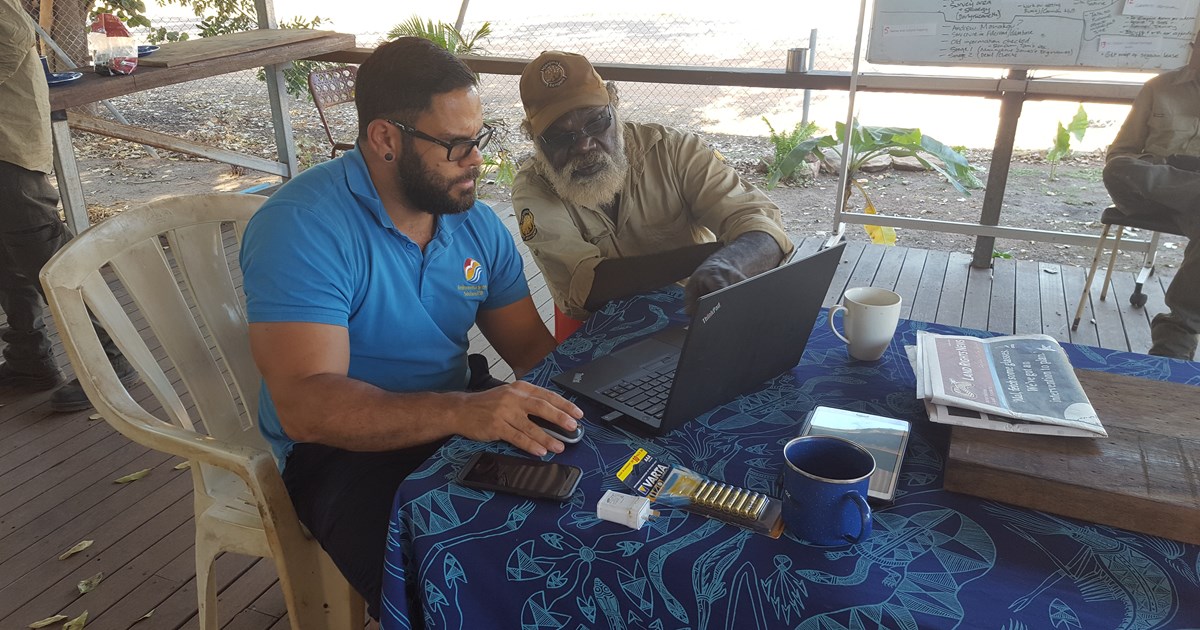Cultural Heritage and Traditional Knowledge Management

ESS develops and implements customised databases for recording, storing and managing a broad range of cultural heritage information and traditional knowledge. These databases use a combination of web, database, mapping and dashboard technologies to record, manage and selectively present cultural information including sites, tracks, places, language, stories, artefacts, traditional practices, seasons, plants, animals, traditional ecology, people and families (or whatever else our clients might want). The forms used to capture each type of cultural record can be tailored to meet whatever data standards are required by the client (i.e. the client determines what questions or fields are captured for each record type).
As cultural information is entered into the database (either by using the forms in the interface or remotely through mobile data collection tools) it can be linked to other records in the database, such as cultural areas, sites, people, plants and animals, documents, videos etc. For example, an audio recording of a story entered into a database might be linked to the place, animal or plant that it talks about, the document or text file of this story, as well as the person who told the story. Then, when someone accesses this place, plant, animal, or person mentioned, the story (along with all other linked content) will also be displayed.
The security and protection of sensitive information is central to the design of each database implemented by ESS. Any information recorded within the system is secure and private, however can be shared to different internal and external audiences at the client’s discretion.
Key features:
- Secure, account-based protection of culturally sensitive information.
- An interactive GIS/mapping interface that records and stores features such as sites, tracks and management zones
- Capacity to record and manage data relating to people, flora, fauna, museum collections and any other item or object
- Customised data entry forms that allows users to record and manage photos, videos, documents, reports, spreadsheets etc..
- Automatic imports of existing photos, videos and reports
- Capacity to integrate data collected from the field using smartphones and tablets
Who is using ESS Cultural heritage and Traditional Knowledge recording?
Centre for Rock Art Research + Management
Uluru-Kata Tjuta National Park
Karajarri Traditional Lands Association